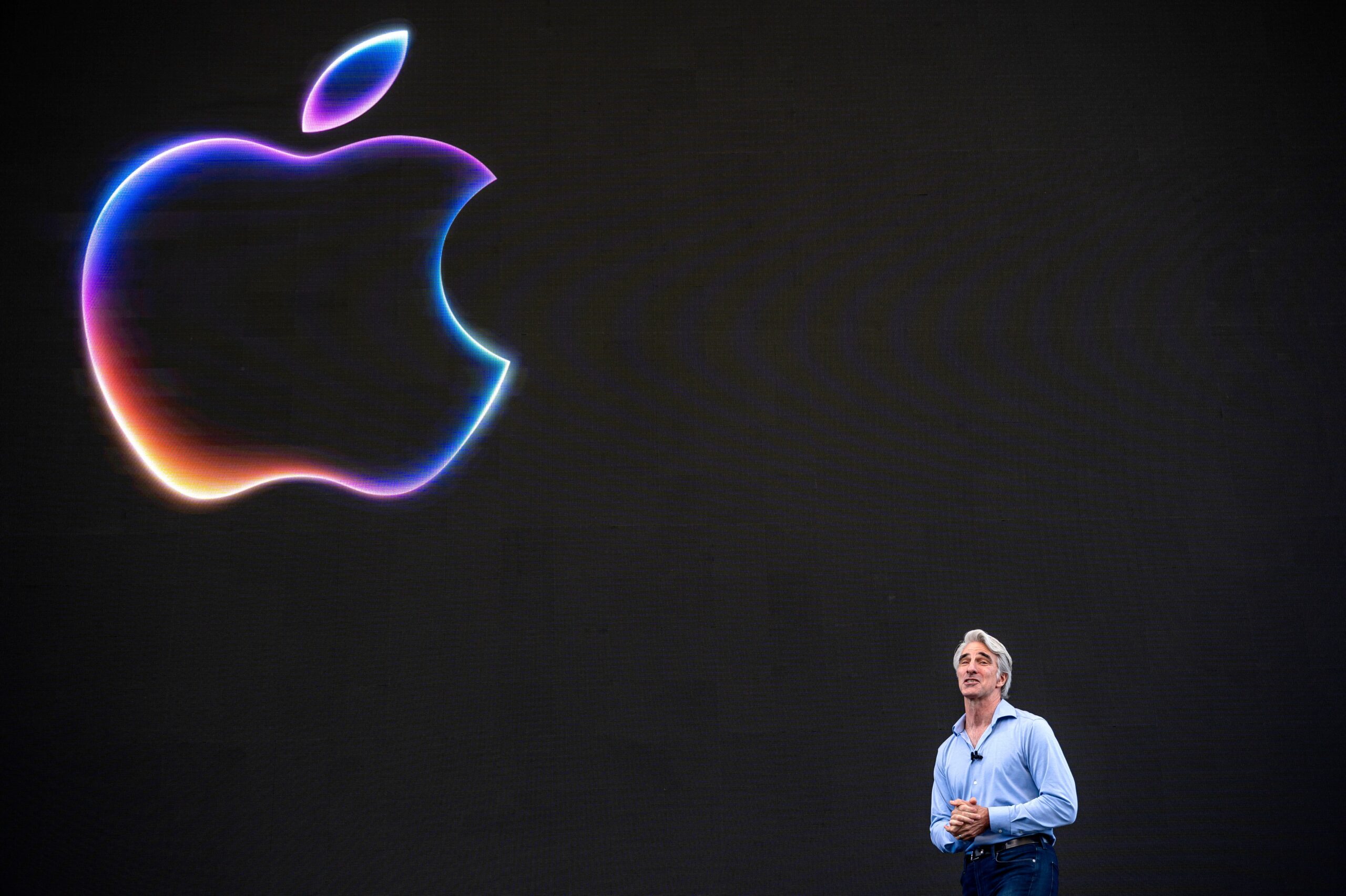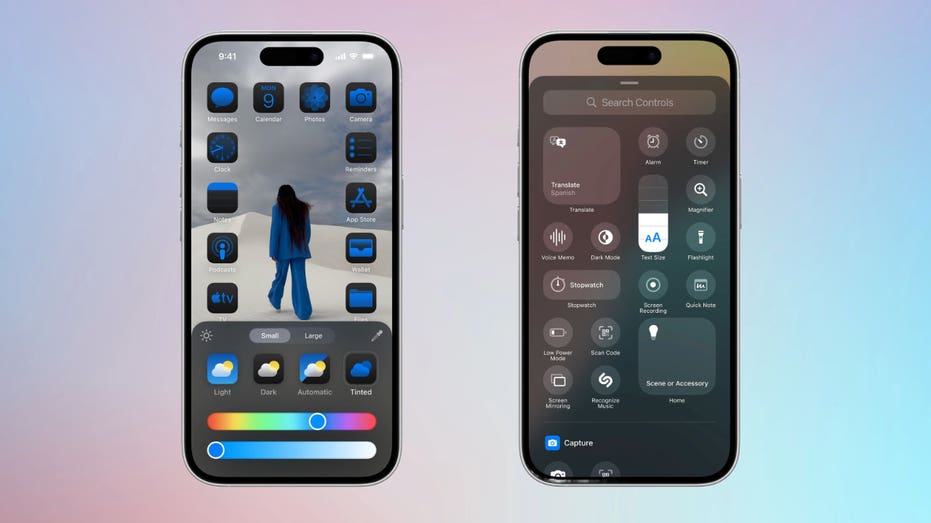PCC servers also use Apple’s Secure Boot to validate the integrity of the operating system and use a code verification feature the company debuted with iOS 17, known as Trusted Execution Monitor. Instead of using Trusted Execution Monitor in the usual way for oversight, though, PCC runs it in a much stricter mode where once the server restarts and completes the boot sequence, the system locks down and can’t load any new code whatsoever. Essentially, all the software the server needs to run gets pummeled with checks and validation and then goes into an envelope that’s sealed before user requests and data can begin to process through.
More broadly, Apple says it completely replaced its normal server management tools for PCC. For example, most cloud platforms have policies and controls to prevent unauthorized access, but they also build “break in case of emergency”-type options so highly trusted system administrator accounts can take quick action in case of a bug or failure. In keeping with Apple’s focus on technically enforceable guarantees versus policy guarantees, PCC doesn’t allow privileged access and drastically limits remote management options.
In recent years, Apple took a major security step by offering its users end-to-end encryption for iCloud backups, in which the company simply holds data in its cloud infrastructure for its customers and doesn’t have the technical capability to decrypt and read that data. With current technology, such a scheme is impossible to implement for generative AI because the system needs to process the inputs to give an output. For example, if you want Apple Intelligence to give you a summary of all the text messages and emails you’ve received in the past three hours, the system needs access to those messages. End-to-end encryption would make that access virtually impossible.
Apple says it is still committed to doing as much Apple Intelligence processing as possible on-device, and a brand new iPhone 16 with its A18 chip, for example, will be able to do more AI processing locally than an iPhone 15 with an A16 chip. Still, the reality seems to be that Apple will need to do a substantial amount of Apple Intelligence processing in the cloud—hence the investment in developing PCC. (In iOS 18.1, users can go to Settings > Privacy & Security > Apple Intelligence Report to view a log of which requests are processed on device versus in the cloud.)
“What was really unique about the problem of doing large language model inference in the cloud was that the data had to at some level be readable by the server so it could perform the inference. And yet, we needed to make sure that that processing was hermetically sealed inside of a privacy bubble with your phone,” Federighi says. “So we had to do something new there. The technique of end-to-end encryption—where the server knows nothing—wasn’t possible here, so we had to come up with another solution to achieve a similar level of security.”
Still, Apple says that it offers “end-to-end encryption from the user’s device to the validated PCC nodes, ensuring the request cannot be accessed in transit by anything outside those highly protected PCC nodes.” The system is architected so Apple Intelligence data is cryptographically unavailable to standard data center services like load balancers and logging devices. Inside a PCC cluster, data is decrypted and processed, but Apple emphasizes that once a response is encrypted and sent on its journey to the user, no data is retained or logged and none of it is ever accessible to Apple or its individual employees.
Open Book, Closed System
Apple says the overarching vision for PCC is that an attacker should have to compromise the entire system—a difficult thing to do at all much less without being detected—in order to target a specific user’s personal data. Even if an attacker could physically compromise an individual live PCC node, the system is devised with an anonymous relay feature so the queries and data on any one node can’t be connected to individual users.
It all sounds pretty groovy, but the notoriously secretive company seems to be aware that professing to do all of these things and claiming to offer technical guarantees is ultimately only compelling with proof and transparency. So PCC includes an external auditing mechanism that serves a crucial dual purpose.





